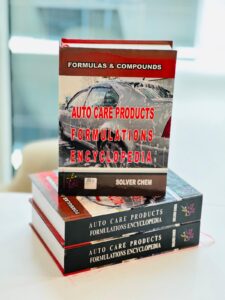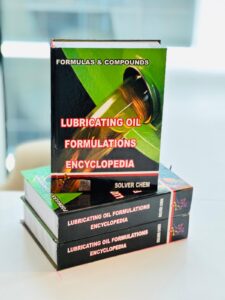
An Aerosol Spray De-Icer is a fast-acting chemical product packaged in a pressurized container (an aerosol can) designed to rapidly melt and remove ice, frost, and light snow from small, exposed surfaces, primarily on vehicles.1
Its effectiveness is a result of a combination of its chemical formulation and the physical delivery system.
Key Properties of Aerosol De-Icers
1. Chemical Properties (The Active Formula)
- Freezing Point Depression: The primary working principle.2 The liquid formula is composed of chemicals—most commonly alcohols (such as ethanol or isopropyl alcohol, or IPA) and glycols (such as ethylene or propylene glycol)—which have freezing points much lower than water. When sprayed onto ice, they mix with the surface water, lowering the freezing point of the resultant solution and instantly turning the solid ice back into a liquid state.3
- Anti-Re-freeze Capability: Many formulas include a glycol component that remains on the surface after the ice is melted. This thin film acts as a temporary anti-icing agent, resisting the immediate reformation of frost.
- Material Compatibility: Reputable aerosol de-icers are formulated to be non-corrosive and safe for use on common automotive materials, including glass, vehicle paintwork, rubber seals, and plastics.
- Flammability: A key safety property. Due to the high content of volatile alcohols and the use of pressurized hydrocarbon propellants (like butane or propane), aerosol de-icers are often labeled as extremely flammable or highly flammable.
2. Physical Properties (The Aerosol System)
- Pressurized Delivery: The aerosol format uses a propellant (a liquefied gas like butane, propane, or HFC) stored under high pressure. When the nozzle is depressed, the propellant rapidly expands, forcing the active de-icer formula out of the can in a high-power, low-temperature spray.
- Rapid Action: The combination of the active chemicals and the force of the aerosol spray allows the product to quickly penetrate and break the bond between the ice and the surface, saving time compared to manual scraping.
- Convenience and Targeted Application: The spray allows for easy and rapid coverage of large surfaces like a windshield, as well as targeted application for small mechanisms like frozen door locks and hinges.4
-
Low Operating Temperature: The cans are designed to maintain application pressure and remain effective even at extremely low ambient temperatures (often down to $-20^\circ\text{C}$ or lower).
👁️ Görüntülenme: 1




